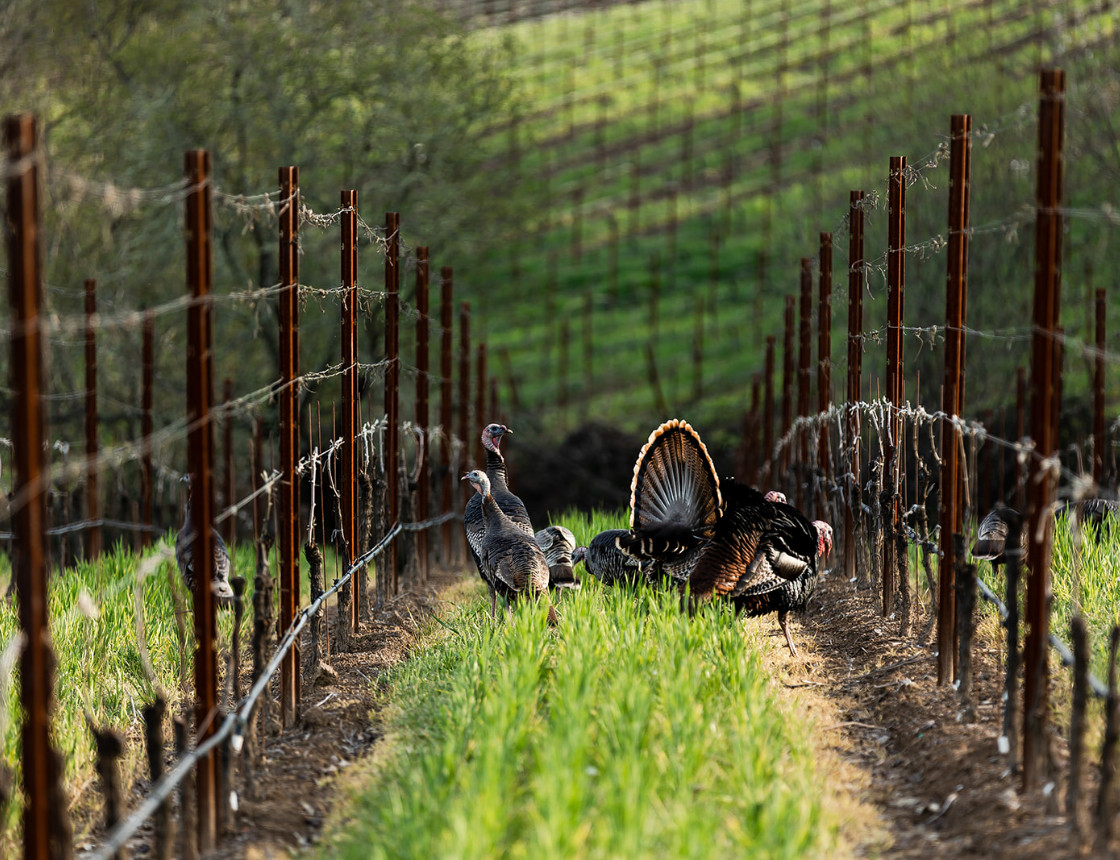


As consumer awareness of eco-friendly, sustainable farming grows, regenerative agriculture is emerging as the next level in climate-smart food and wine production. Unlike traditional sustainability efforts that focus on minimizing harm, regenerative farming goes further—it aims to restore soil health, enhance biodiversity, and actively combat climate change.
California is at the forefront of regenerative agriculture, especially in viticulture and specialty crop farming. Over the past two years, as a member of the California State Board of Food and Agriculture (CFDA). I’ve been deeply involved in shaping California’s definition of regenerative agriculture—not as a certification or for the purposes of state law, but as a framework to guide state agencies in administering grants and programs.
The goal was to create a “big tent” approach, making the definition inclusive enough to attract more farmers while ensuring clear principles and measurable outcomes. This definition will evolve alongside our growing understanding of sustainability.
One of the key features of the state’s regenerative agriculture definition is flexibility—it’s focused on outcomes, not rigid rules. This approach recognizes California’s vast range of crops, growing conditions, and production methods, embracing a “one size does not fit all” philosophy that allows for site-specific applications. According to the CDFA, regenerative agriculture is “a climate-smart and outcome-based farming, ranching, and land stewardship approach” that draws from various agricultural traditions and innovations.
The goals are to foster:
Our sustainably farmed estate vineyards
Consumer awareness of regenerative agriculture is still in its early stages but growing, though it still lags behind more familiar terms like organic and sustainable. Among the many facets of regenerative farming, water conservation resonates most with consumers. Water is everything in agriculture, particularly in California, where droughts and climate volatility demand smarter, more resilient farming methods by improving soil health, and working with nature to create self-sustaining ecosystems that hold and cycle water efficiently.
Practices like cover cropping, reduced tillage, and compost application enhance soil organic matter, improving water infiltration and retention. Healthy soil acts like a sponge, reducing runoff and erosion. Riparian buffers and preserving wetlands protect water quality and help replenish aquifers during storms. Increasing soil carbon through regenerative practices enhances water-holding capacity, making farms more resilient to extreme weather events.
State support is growing. Programs like the Healthy Soils Initiative and State Water Efficiency & Enhancement Program (SWEEP) align with regenerative goals, helping farmers transition toward climate-smart solutions. Institutions like UC Davis and Cal Poly are refining best practices, and consumer demand is on the rise.
For my family at Iron Horse Vineyards, regenerative agriculture isn’t just an idea, it’s how we steward our land. Three generations live on the property, ranging in age from 30 to 94. Caring for our vineyards is a long-term commitment to both quality and sustainability: Better wines and better for the community.
Many of the practices now recognized as regenerative have been second nature to us for decades. We plant cover crops between vine rows to enhance soil nutrients, help retain moisture and prevent erosion. 30% of our land remains unfarmed, providing vital habitat for bees, birds, insects, and wildlife. We are wealthy in riparian corridors, wetlands and vernal pools. We’re restoring a Coho salmon habitat on Green Valley Creek that bisects our property. Our magnificent oak trees are among our greatest assets for carbon sequestration. Over time, their expanding canopies and deep roots inevitably push into parts of the vineyard, most noticeably the block to your left as you drive up the oak-lined road to the winery. At least two or three vines in each row struggle to thrive, as they compete with the expanding canopy and deep roots of the trees. But for us, there’s no question – the oaks always win.
Regenerative agriculture offers a path forward—one where farms don’t just sustain the land, but heal, restore, and strengthen it for future generations. And when you raise a glass, you’re not just tasting the vineyard, you’re tasting the future of farming: Better wines and better for the community.
Cheers to that.